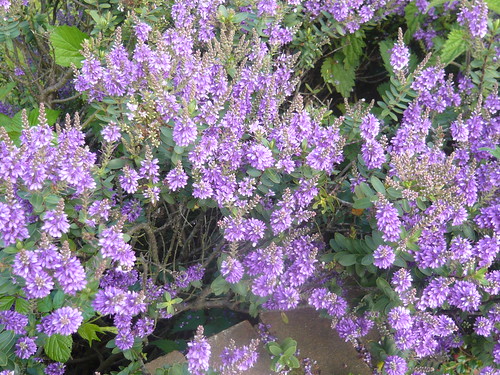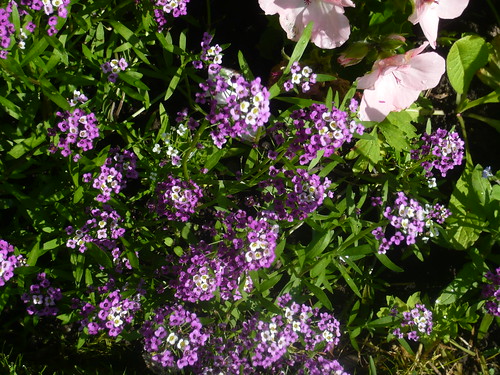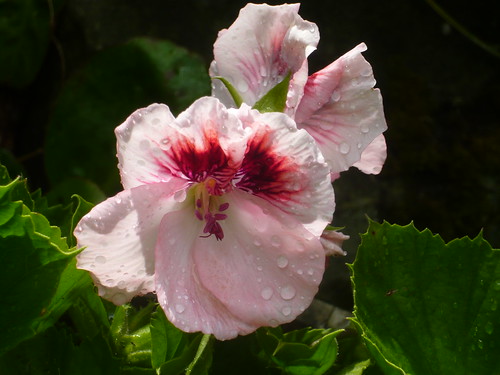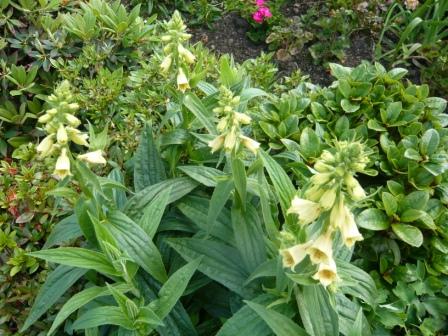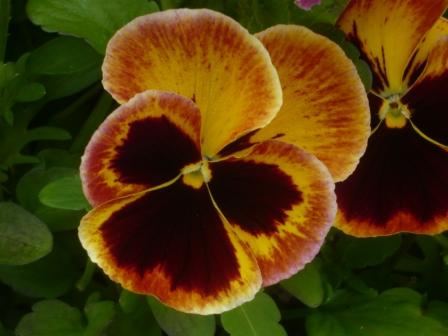Growing Blinking Big Beetroot
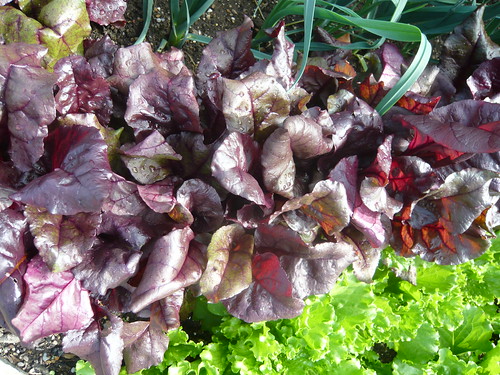
There are many different kinds of Beet and that is the root of the problem. Beetroot Bulls Blood shown above is ornamental, edible and is a heritage variety worth seeking out. Seakale beet, Chards and Spinach beet are grown for their edible leaves and the young green leaves of all Beetroot can be eaten in a salad. However we want big roots to make our eyes blink.
Growing Big Beetroots
- Soil should be deeply cultivated in Autumn with plenty of humus and or peat incorporated. Do not use farmyard manure to avoid canker and aim to keep the ph level below 6 as beetroot do not like lime.
- In spring ridge up the soil to about a foot high with 2 feet between rows. Prize plants will eventually need 3 feet spacing.
- Sow the seed in groups of 3 at the top of the ridge in late spring keep the ground moist until germination. Expect 4 months growing time for the big beetroots.
- When seedlings reach 2 inches thin out to two plants per station. From each seed several plants may have grown as each seed is really a clusters of seed.
- Key Tip. One evening when the beetroot are 6″ high carefully scratch away the soil on the ridges away from the roots leaving only the tips of the root in the soil and the plant laying on the ground looking half-dead. Water the plant and soil and next morning they will have recovered and be working extra hard by swelling to survive.
- As they swell thin out for a final time to 3 feet apart. Feed with a balance liquid feed from mid-summer and use a heavily dilute foliar feed from summer in addition.
- Giant Beetroot are weighed without soil or foliage but may be you are just going to turn them into soup and chutney.
In August 2008 the Times online reported ‘Ian Neale … once grew the world’s biggest beetroot at 51lb 9oz (there is no metric system in the world of giant veg) – gets his monsters off to a good start by feeding them rock dust, essence of pig slurry and a material called “dinosaur fertiliserâ€, from a “big pile on the top of a moor in Yorkshireâ€. Will August 2009 top that weighty tale and will 2010 be your year to top 50lbs?

